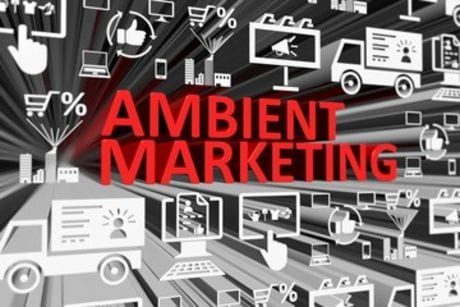As traditional advertising methods like billboards and subway ads lose their impact due to reduced foot traffic, businesses are using more creative and effective strategies to engage with their target audience. Ambient marketing tactics have emerged as a powerful alternative, offering brands a unique way to capture attention and leave a lasting impression. In this blog, we’ll explore why ambient marketing tactics are evolving and how they can help businesses reach customers more engagingly and cost-effectively.
Return on Investment
As businesses look for ways to cut costs while maintaining brand visibility, ambient marketing emerges as a cost-efficient solution. This approach allows companies to reach a large audience without the hefty price tag of traditional advertising. Ambient marketing creates a buzz that spreads quickly, helping brands achieve high engagement and impressive ROI without straining their budgets.
Ambient Advertising Achieves Cutting-Edge Impact
Ambient advertising techniques require creativity, novelty, and proper timing. As the top features of ambient advertising, these approaches give an innovative advantage over conventional advertising modes. Therefore, advertisers can deliver more targeted campaigns while creating a lasting impression. This is considering that ambient advertising provides the wow factor that goes towards creating a lasting impression. Take on ambient advertising techniques today and present your brand to your target customers through a practical approach.







